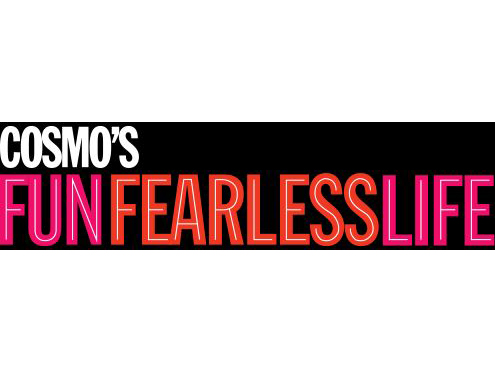By Alyse Whitney
There’s few things people love in the world more than food, and some people make a living writing about the most innovative ways to use kale in every meal or the latest Cronut/wonut/churro ice cream sandwich craze. But you don’t have to work your way to the top of the food-writing industry as an assistant at Bon Appetit anymore — you can kick off your career from the comfort of your own home. At the recent “All the News That’s Fit to Eat: Where Food and Media Intersect” panel at the 92Y on the Upper East Side in New York City, a handful of food writers dished out advice on how to be a great culinary writer. Keep reading to see what Eater’s Helen Rosner and Paula Forbes, Tasting Table’s Kat Kinsman, How Sweet Eats blogger Jessica Merchant, Cherry Bombe founder Kerry Diamond, and Epicurious’ Adina Steiman had to say.
Your Portfolio Can Be Your Own Blog
Though you may feel like you need to get published on every food site before you can land a big feature on Eater, that isn’t the case. “There’s no barrier to entry — you can wake up and start a blog,” says Diamond. “You don’t need someone to let you in the club,” adds Kinsman. However, Steiman points out that with this “lower barrier to entry,” you have to make sure your content is top-notch. Merchant, who launched her blog How Sweet Eats five years ago, explains that your site needs to be just as held to as high of a standard as a food magazine: “Be consistent and always test your own recipes. People have to trust you!”
Food Writing Isn’t All About Recipes
Yes, we all love to read about the best way to make lasagna, but sometimes the story is more about how your grandmother taught you to make it. “Recipes aren’t always the most important part of the story,” explains Rosner. “The goal is to transport you.” Sometimes that’s to Italy, and sometimes it’s just to your own backyard. Merchant adds that she likes to “read a mix of conversational, fun writing and serious and reliable blogs,” but the most important thing for her is that writers are “genuine and authentic” in their stories.
Experiment With and Embrace All Types of Stories
Everyone on the panel agreed that food writing has branched off into many different types of stories, from list-icles with GIFs to long reads like personal essays and reported features. “There’s been a lot of ‘fast food journalism,’ like list-icles, but there’s a resurgence of ‘slow journalism,’” says Rosner. “People do care about storytelling. Sometimes you want a Snickers bar, but sometimes you want roast chicken.” If you are going to do a GIF-heavy post, Kinsman has one key piece of advice: “Do the best possible version — make it great, quality writing.”
Nail The Freelance Pitch
If you don’t want your email to get lost in an editor’s inbox, just make sure you are sure it’s the perfect pitch for their outlet. Though this doesn’t guarantee that they’ll take your story, it makes your chances a lot higher. Forbes says the most crucial part of pitching to her is getting what Eater does. “I’m not going to accept the same pitch that Epicurious does,” she adds. “Don’t go and pitch the same story to many places if it doesn’t fit. Know your brand.” Rosner, who runs Eater’s long form features, has another big rule: Read the rules! “Most places that take freelance submissions have guidelines. I have rules for pitching long form, and one is to not pitch personal essays — 8 out of 10 pitches I get are personal essays!” Now, Edsters, go forth and start snapping pictures of your gourmet oatmeal and sky-high kale salads. But instead of just taking to Instagram to share them, try and wax poetic about your experiences — it could be the next big thing in food journalism.



 Chatting With Caitlin Hacker, Associate Editor at Star
Chatting With Caitlin Hacker, Associate Editor at Star